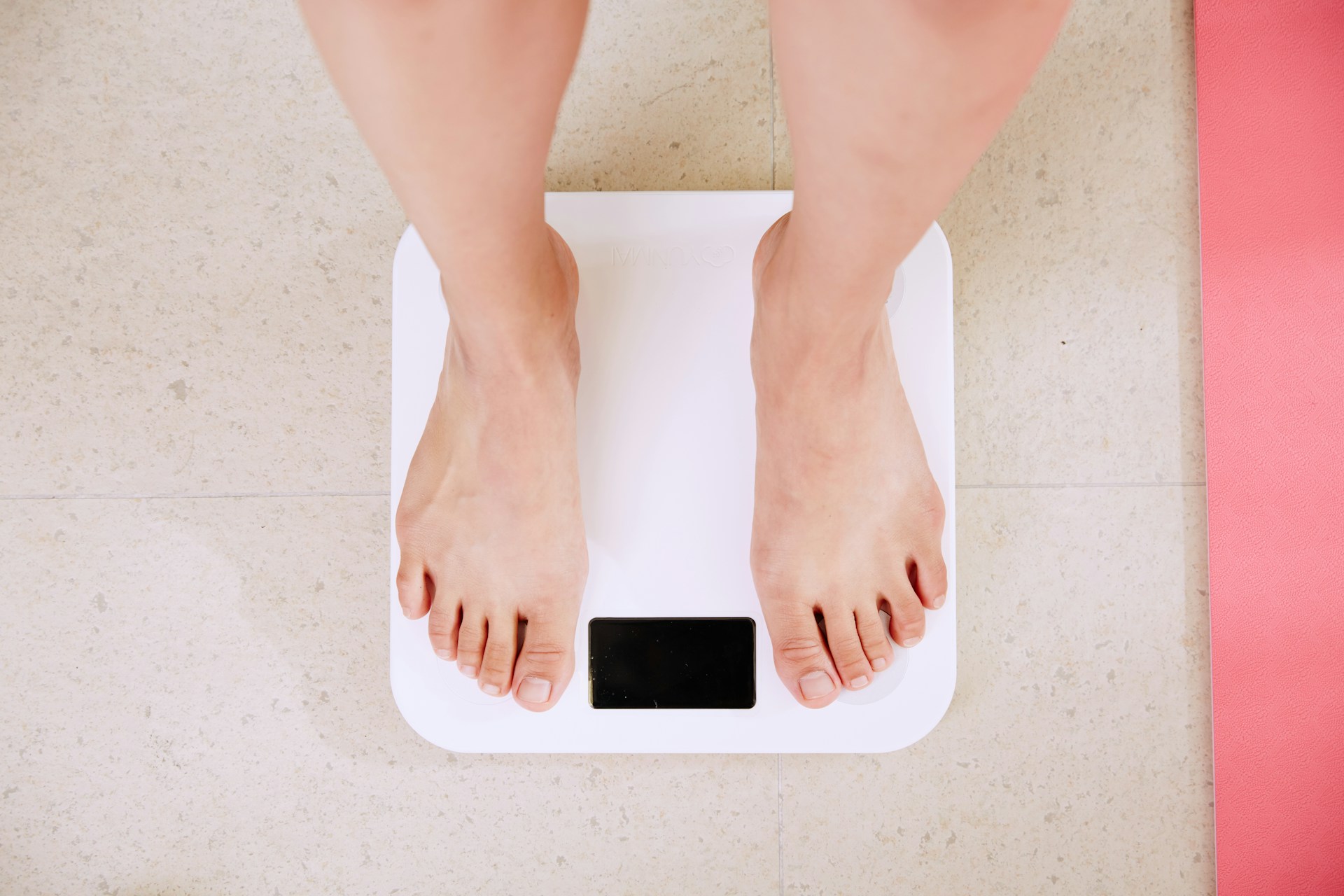Lifestyle
Spot the Signs: Understanding Key Differences for Better Health and Weight Loss
When embarking on a journey to shed pounds, it’s essential to distinguish between weight loss and fat loss. While the terms are often used interchangeably, they actually refer to different outcomes. Weight loss is a broad term that encompasses the reduction of total body weight, including muscle, water, and fat. On the other hand, fat loss specifically targets the reduction of fat, which is a healthier and more precise goal.
The traditional method of using a scale to track progress doesn’t differentiate between fat and muscle loss. For a more accurate assessment, consider using tools like a body fat scale or skinfold calipers. These devices can provide a clearer picture of your body composition by measuring the percentage of fat and muscle.
“Tracking only your weight isn’t a reliable way to determine whether you’re losing fat or muscle and in what amounts.”
Focusing on fat loss rather than just weight loss is beneficial for several reasons. It can lower the risk of chronic diseases, minimize age-related muscle loss, and prevent fat regain. Losing muscle instead of fat can decrease the number of calories burned at rest, making it easier to regain lost weight as fat. Moreover, maintaining muscle mass is crucial as it burns more calories at rest, and helps regulate blood sugar and fat levels in the body.
“Losing muscle can be detrimental, as muscle is a crucial component of your overall health.”
Many quick-fix weight loss programs often result in losing water and muscle instead of fat. To ensure fat loss while maintaining or gaining muscle, it’s important to focus on a balanced approach involving diet and exercise. Protein intake plays a significant role in this balance. A study found that men on a high-protein diet lost more fat and gained more muscle compared to those on a lower-protein diet.
“Protein is also important for maintaining the muscle you have and supporting new muscle growth, especially when losing weight.”
Exercise is another critical component. A meta-analysis of studies showed that older adults who combined cardio and weight training with a calorie-restricted diet retained significantly more muscle than those who did not exercise. The combination of exercise and higher protein intake can amplify results, helping to maintain muscle while promoting fat loss.
“The Physical Activity Guidelines for Americans recommend adults get at least 150 to 300 minutes per week of cardio and muscle-strengthening activities that involve all major muscle groups.”
Creating a calorie deficit is necessary for weight loss, but it should be done thoughtfully. Drastically cutting calories can lead to muscle loss. Instead, aim to reduce your intake by 500 to 600 calories per day, focusing on nutrient-dense foods like fruits, vegetables, whole grains, lean proteins, and healthy fats. This approach supports fat loss while preserving muscle mass.
Distinguishing between weight loss and fat loss is crucial for achieving a healthier body composition. By utilizing the right tools, focusing on protein intake, incorporating exercise, and managing calorie intake wisely, you can achieve sustainable fat loss while maintaining vital muscle mass.
Let us know what you think, please share your thoughts in the comments below.

